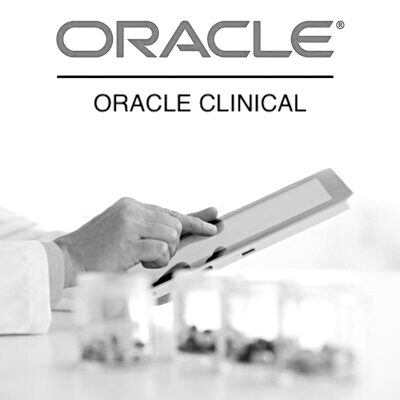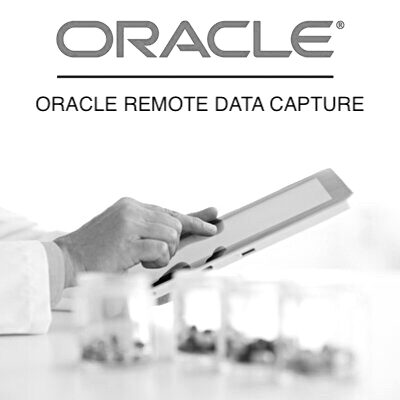Table of Contents
Introduction to Clinical Data Management
The various phases of drug development we talked about in previous blog posts, churn out enormous amount of clinical data which needs to be processed, stored, cleaned and analyzed and finally submitted to the regulatory authorities for approval. This process of managing the clinical data generated from clinical trials is called Clinical Data Management. In this post we will be providing an Introduction to Clinical Data Management. The process of clinical data management is broadly classified into two aspects:
- Data collection
- Data Management
Each of these aspects is integral to reliably manage the data and can be supplemented by the use of communication tools to make the process more efficient. Such communication tools are called Clinical Data Management Systems and they speed up and streamline the process of collecting, managing, editing, cleaning, monitoring, reporting, analyzing, archiving and sharing the clinical data. Though the concept of data management and the ethics that surrounded it has been well understood since a long time, the growth in hardware and software has brought about automation of the process used to collect and manage data. This has reduced time and cost and increased efficiency and accuracy.
The process of collection of data was initially paper based. With the growth in IT, electronic means started being used. Also this led to development of Clinical data management systems (CDMS) which were more integrated and utilized commercial databases and were packaged by proprietary vendors such as Oracle Corp.
However that being said these technological advancements have also led to issues of additional cost incurred upfront in implementation, training of staff, shuffling responsibilities, addition of more IT resources and dealing with issues of security and downtime.
Clinical Data Collection vs Clinical Data Management
Data collection and Data Management are not two distinct aspects, however the tools used to collect data and the tools used to manage it normally are different. Typically the tools used to collect data were Case Report Forms (CRF). With the advent of electronic methods the CRFs no longer need to be paper based. In fact they could be electronic files in which the investigator can enter the patient records and these electronic files can then be uploaded to the Clinical Data Management Systems (CDMS). Such electronic CRFS are called e-CRFs.
Data Management was initially done by managing the paper based CRFs as they came in house either by indexing on a register or creating an excel sheet. However with the development of clinical data management systems such as Oracle Clinical, the data can be stored, tracked, indexed and managed within the database. There is no longer the need to send paper truckloads to the Food and Drug Administration (FDA). The trial data can be submitted to the regulatory authorities by sending it as electronic datasets. Thus the two fields of collection and management, though utilizing different tools, are every much interlinked and need to be integrated to achieve clean data in a short time.
Clinical Data Collection
The process of data collection involves the collection of trial related, clinical, control and administrative data from the participating sites and sending them to the data centre utilizing methods that have been defined in the Standard Operating procedures.
There are several ways data can be collected in a clinical trial. It may be collected through the traditional paper base CRFs, which are transcribed from the source data, or may be collected via batch upload into the clinical database. The latter is generally associated when data from the lab and external sources other than that collected through investigator-patient interaction is collected.
Clinical data may also be collected electronically by using applications such as the Internet, Fax, scanning PDAs, Pen tablets etc. This prevents time and money needed to transfer the CRFs to the data management site. OCR and OMR software can directly perform the first pass data entry.
Data can also be collected through electronic versions of CRF termed the e-CRFs which further add value to the data collected as validations/checks and rules are built into them and the investigator is prompted if he enters incorrect, out of range data or leaves any mandatory data point unanswered.
Once this data is collected through any of these means, it finally has to be loaded into the clinical database and managed.
Clinical Data Management
There are several definitions given for data management. However the official definition given by the Data management Association (DAMA) is:
“Data Management is the development and execution of architectures, policies, practices and procedures that properly manage the full data lifecycle needs of an enterprise”
Simply speaking Data Management is the process of storing the collected information into a centralized database while ensuring its quality, completeness, accuracy and ensuring security of the database, by providing access to authorized users only, and with complete trail of any deletions, additions or modifications to the database.
Some vendors have developed clinical data management systems such that several studies can be stored and managed in a single database with the respective study personnel only having access to his study and not the other studies that exist in the database. A technology known as the Secure Socket layer (SSL) has addressed the security issues that arose with storing several studies in the same database.
Today there are several vendors providing software suites for clinical data management. However the Oracle Pharmaceutical Applications (OPA) suite by Oracle Corporation tops the line here and is being used most widely in the industry, being closely followed by ClinTrial, the clinical data management system from Phase-Forward.
This completes our discussion on Introduction to Clinical Data Management. We hope this helps give you an insight into the Introduction to Clinical Data Management.
For a deep insight into the world of Clinical Data Management, subscribe to our Clinical Data Management Knowledgebase
Want a explore a career in Clinical Data Management? Join our Diploma in Clinical Data Management program and kick-start a career in Clinical Data Management and Oracle Clinical.




